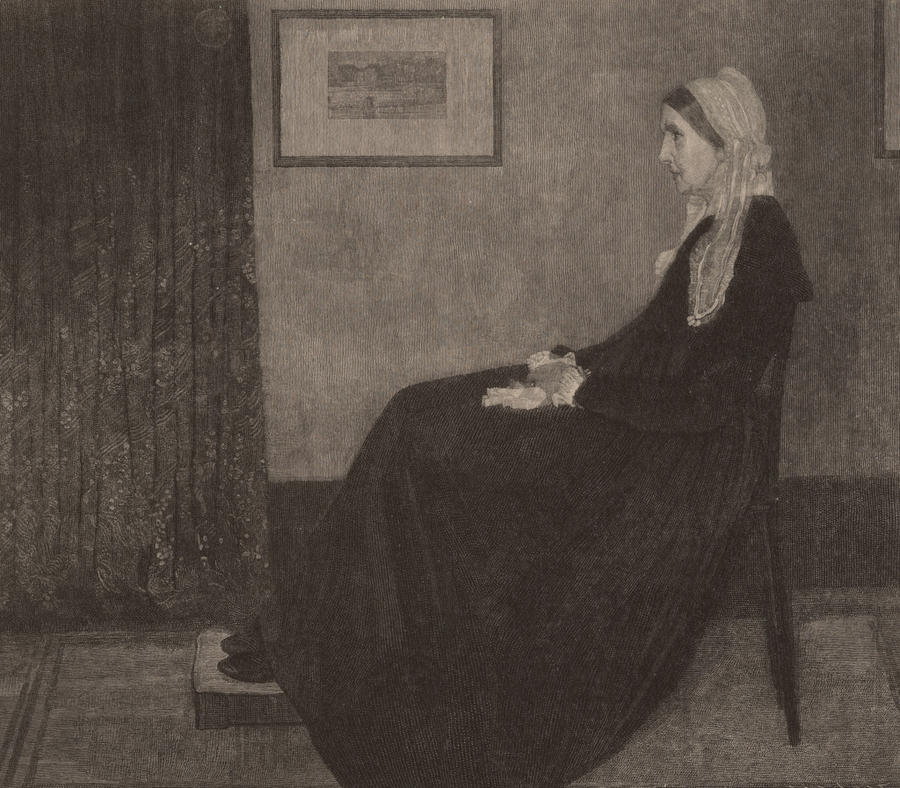In the world of crossword puzzles, few clues are as intriguing or culturally significant as “Home of Whistler’s Mother.” This enigmatic phrase has captivated solvers for years, blending art history with linguistic puzzle-solving. The answer to this clue is not just a simple word—it’s a gateway to understanding one of the most iconic paintings in art history.
Understanding the Clue
At first glance, “Home of Whistler’s Mother” might seem like a straightforward question. However, the real challenge lies in interpreting what “home” means in this context. In crosswords, “home” often refers to an institution or location that houses something—like a museum. So, the clue is pointing toward the place where the famous painting known as “Whistler’s Mother” is kept.
This painting, formally titled Arrangement in Grey and Black No. 1, was created by American artist James McNeill Whistler in 1871. It is widely recognized for its striking simplicity and emotional depth. The painting depicts Whistler’s mother, Anna McNeill Whistler, seated in a chair against a plain background. Her calm, dignified expression has made it one of the most recognizable images in the art world.

The Artist Behind the Masterpiece
James McNeill Whistler (1834–1903) was a pivotal figure in the Aesthetic Movement, which emphasized the idea that art should be beautiful and self-contained, without the need for narrative or moral instruction. Born in Lowell, Massachusetts, he spent much of his career in Europe, particularly in London and Paris, where he absorbed the artistic influences of the time.
Whistler’s work was known for its emphasis on color, form, and composition rather than storytelling. His approach to art was deeply influenced by the French Impressionists, and his use of tonal harmony in Whistler’s Mother reflects this aesthetic. The painting is a prime example of his belief that art should evoke emotion through visual balance and structure.
The Museum That Houses the Masterpiece
The answer to the “Home of Whistler’s Mother” clue is the Musée d’Orsay in Paris. This iconic museum is home to one of the most extensive collections of Impressionist and Post-Impressionist art in the world. Established in 1986, the Musée d’Orsay was once a railway station and now serves as a cultural landmark that attracts millions of visitors annually.
The museum is renowned for housing works by artists such as Monet, Van Gogh, Renoir, and Degas. Among its most famous pieces is Whistler’s Mother, which has become a symbol of the museum itself. The painting’s presence at the Musée d’Orsay underscores the institution’s role as a guardian of some of the most important works in Western art.

Why This Clue Matters
Crossword clues like “Home of Whistler’s Mother” are more than just language puzzles—they’re a way to engage with cultural and historical knowledge. Solvers who encounter this clue must connect the dots between the painting, the artist, and the institution that preserves it. This kind of clue encourages a deeper appreciation for art and its history.
Moreover, the clue reflects a broader trend in crossword construction, where famous artworks are referenced through their institutional homes. This approach helps solvers by narrowing down possibilities and providing a clear target. For instance, while there are many museums in Paris, the clue “Home of Whistler’s Mother” points directly to the Musée d’Orsay due to the specific association with this painting.
Solving Strategies for the Clue
For those tackling this clue, the key is to understand the typical conventions used in American-style crosswords. These puzzles often omit accents and punctuation, so names like “Musée d’Orsay” would appear as “MUSEEDORSAY.” Additionally, crosswords often break down proper nouns into chunks, making it easier to solve by focusing on parts of the word rather than individual letters.
Another helpful strategy is to consider the length of the answer. Since the clue is typically found in daily crosswords, the answer is usually a short, concise word. In this case, the answer is likely to be “MUSEE” followed by “DORSAY,” making the full answer “MUSEEDORSAY.”

The Cultural Impact of the Painting
Beyond the crossword clue, Whistler’s Mother has had a lasting impact on both the art world and popular culture. Its monochromatic palette and minimalist composition were revolutionary at the time, challenging traditional notions of portraiture. The painting’s simplicity allowed viewers to focus on the emotional resonance of the subject rather than the technical details of the scene.
Over the years, Whistler’s Mother has been featured in countless reproductions, advertisements, and even parodies. Its instantly recognizable image has made it a cultural touchstone, appearing in everything from movies to comic strips. This widespread recognition has only added to the mystique of the painting and its associated crossword clue.
The Role of Crossword Puzzles in Cultural Awareness
Crossword puzzles serve as more than just entertainment—they are a tool for learning and cultural engagement. By including clues about famous artworks, crosswords help introduce solvers to important historical and artistic figures. In the case of “Home of Whistler’s Mother,” the clue acts as a bridge between the world of puzzles and the world of art.
This connection is especially valuable in an age where digital media often overshadows traditional forms of education. Crosswords offer a fun and interactive way to explore cultural landmarks and historical events, making them a powerful educational tool.

Conclusion
The “Home of Whistler’s Mother” crossword clue is more than just a puzzle—it’s a journey through art history, cultural significance, and linguistic nuance. From the life of James McNeill Whistler to the prestigious Musée d’Orsay, this clue encapsulates the intersection of art, language, and memory.
As crosswords continue to evolve, clues like this will remain a testament to the enduring power of art and its ability to inspire and educate. Whether you’re a seasoned solver or a casual enthusiast, the next time you encounter this clue, you’ll have a deeper appreciation for the story behind the answer.
Author Section
Author: Emily Carter
Title/Role: Art History Journalist
Credentials: With over a decade of experience covering art and culture, Emily has written for major publications including The New York Times and ArtReview. She specializes in connecting art history with contemporary issues and public engagement.
Profile Link: www.emilycarterart.com
Sources
Internal Links
- The Evolution of Crossword Puzzles
- Top 10 Most Famous Paintings in History
- Understanding Art Movements
Call to Action
Stay updated with the latest news and insights on art, culture, and puzzles. Explore our archives and discover how the past shapes the present.











More Stories
US Trending News: How to Claim Your Joy: A Guide to Finding Happiness and Inner Peace
US Trending News: Explore Www.hobbylobby.com: Your Ultimate Guide to the Official Site
When Is Trick Or Treating in 2024: A Complete Guide for Halloween